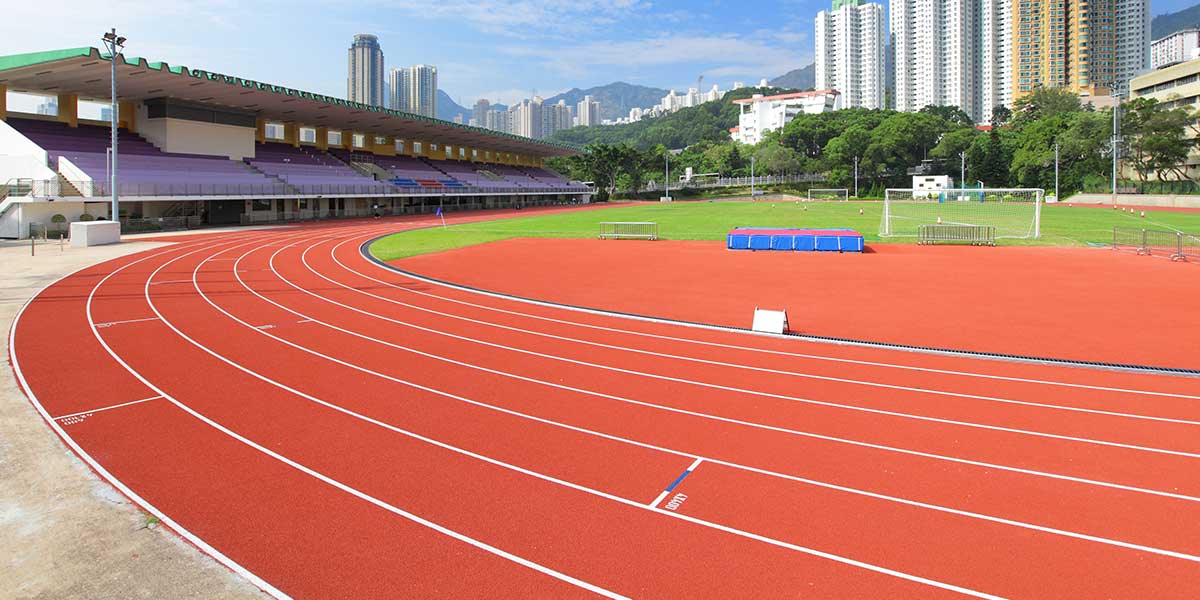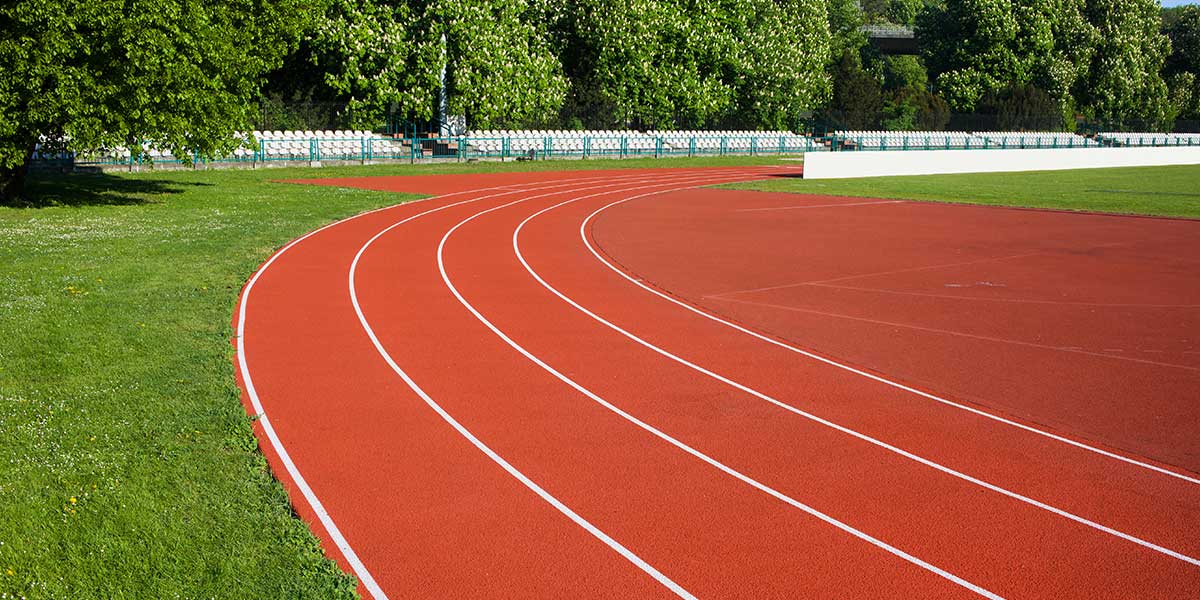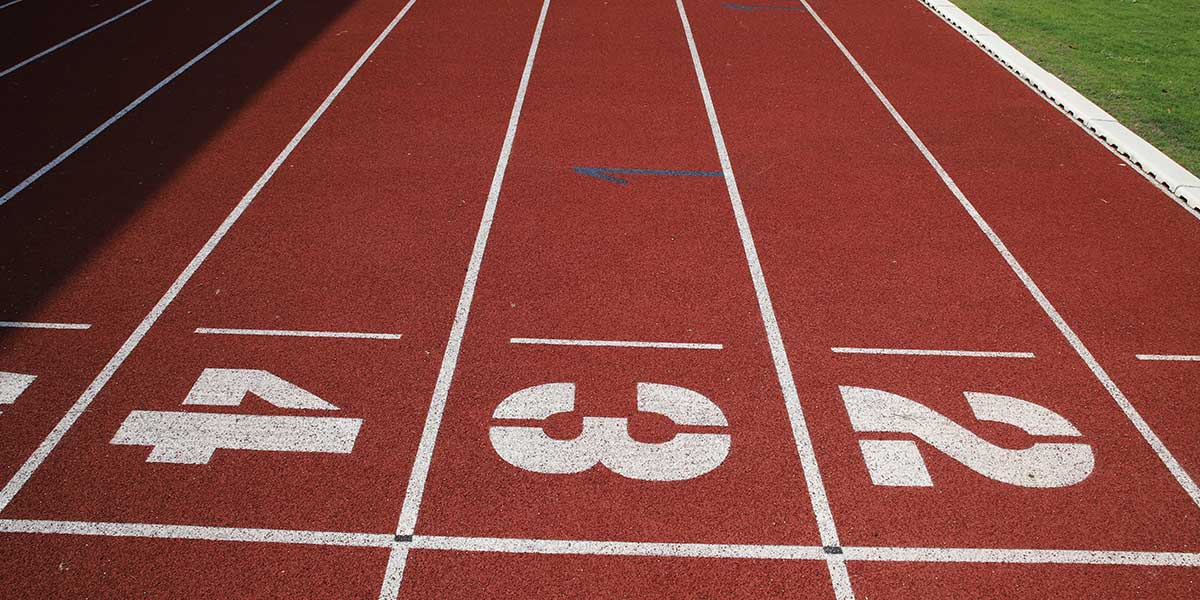
If you’re looking for a high-quality rubber running track installation service, it’s essential to understand the characteristics of an ideal running surface. The surface on which you run plays a crucial role in determining your performance and minimizing the risk of injury. Whether you’re a professional athlete or just someone who enjoys a casual jog, the type of running surface you choose can significantly impact your experience.
What is a Running Surface?
A running surfaces refers to the specific terrain or material on which a person runs or exercises. The surface can vary widely, including options such as rubberized tracks, asphalt, concrete, dirt, grass, or sand. Each type of surface comes with its own set of advantages and disadvantages that can affect the runner’s performance, comfort, and safety.
The choice of surface directly impacts how a runner’s body responds to the activity. For instance, different surfaces offer varying levels of shock absorption, which can affect how much impact your joints and muscles experience during a run. Softer surfaces like grass or dirt are often more forgiving, reducing strain on the body, while harder surfaces like concrete or asphalt can lead to increased pressure on the joints, potentially raising the risk of injury over time. Therefore, it’s important to consider your level of fitness, training goals, and injury history when choosing a running surface.
Types of Running Surfaces and Their Benefits
Running surfaces can be divided into two main categories: indoor and outdoor surfaces. Each has its unique set of benefits and considerations.
Indoor Running Surfaces
Indoor running surfaces are commonly found in gyms, fitness centers, and specialized indoor tracks. These surfaces are engineered to be consistent and provide comfort while minimizing the risk of injury. Some of the most common indoor materials include:
-
Rubber Flooring: Often used in indoor tracks and gyms, rubber provides excellent shock absorption and durability. It’s a popular choice for runners looking to reduce joint stress while still getting a solid workout.
-
Synthetic Turf: This type of surface is often used in indoor sports complexes and mimics the feel of grass but without the maintenance issues. It provides moderate cushioning while offering good traction.
-
Wooden Floors: Used mainly in indoor gyms and fitness studios, wooden surfaces offer a relatively firm surface. They are less shock-absorbing than rubber or synthetic turf but are smooth and consistent, making them suitable for certain workouts, such as sprints or running drills.
Outdoor Running Surfaces
Outdoor surfaces are typically found in parks, trails, sidewalks, and roads. These surfaces vary depending on the location, and runners often need to consider factors like weather conditions, terrain, and their fitness level when choosing an outdoor running route. Common outdoor running surfaces include:
-
Asphalt: A smooth, hard surface commonly found on roads and some tracks. While asphalt provides a consistent surface, it can be unforgiving on the joints and increases the risk of injury over time.
-
Concrete: Another hard surface often used in urban environments. Similar to asphalt, concrete offers minimal shock absorption, which can be harsh on the knees, hips, and lower back over prolonged runs.
-
Dirt Trails: Dirt paths in parks or nature reserves provide a softer surface with natural variations, which can help reduce impact. These surfaces are often uneven, so runners need to be cautious to avoid tripping or twisting an ankle.
-
Grass: Grass is one of the softest outdoor surfaces available. It offers excellent cushioning, making it a good option for those looking to reduce joint stress. However, grass can be uneven, which may require careful attention to footing.
-
Gravel: Gravel paths offer a middle ground between hard and soft surfaces. While they are softer than asphalt or concrete, gravel paths can be uneven and may increase the risk of ankle injuries if not navigated carefully.
Key Considerations When Choosing a Running Surface
When deciding on the right surface for your runs, several factors should be taken into account. These include:
-
Impact and Cushioning: Softer surfaces like grass and rubber provide better shock absorption, reducing the strain on your joints. If you’re prone to injuries or have a history of joint problems, choosing a surface with higher cushioning is crucial.
-
Traction and Stability: The amount of grip a surface provides is essential for preventing slips and falls, especially during wet or slippery conditions. A track made of rubber or synthetic materials often offers superior traction compared to asphalt or concrete.
-
Evenness: Running on a surface that’s smooth and even can help prevent injuries like twists or sprains. Outdoor surfaces like trails or sidewalks can be uneven, which requires more attention to your stride and posture.
-
Slope and Grade: Surfaces with an incline or slope, such as hilly trails or tracks, can challenge your muscles differently and may help improve your strength and endurance. However, excessive or poorly graded surfaces can put unnecessary strain on your knees and hips.
-
Surface Area: The size of the running area is another important factor. A larger track or open field provides more space for running drills, sprints, or long-distance runs. In contrast, smaller, confined spaces may not be ideal for intense training sessions.
How Should a Running Track Surface Be?
For those who are specifically looking into running track surfaces, the surface must meet certain criteria to be considered ideal. The following features are crucial:
-
Cushioning and Shock Absorption: A high-quality running track should provide adequate cushioning to reduce the impact on the body. This is particularly important for athletes training over long periods.
-
Traction: To avoid slipping, a running surface should have excellent traction. Tracks made from rubber or polyurethane are ideal as they provide superior grip, even in wet conditions.
-
Evenness and Smoothness: A well-maintained track should be free of bumps, cracks, or uneven surfaces. This ensures a consistent running experience and reduces the risk of injury.
-
Durability and Maintenance: An ideal track surface should be durable enough to withstand weather conditions and heavy use. Regular maintenance is necessary to keep the surface in good condition and prolong its lifespan.
The Importance of Choosing the Right Running Surface
Choosing the right running surface is critical for your safety, comfort, and performance. Whether you’re running on a professional track, a dirt trail, or a simple sidewalk, the surface you choose can significantly affect your running experience. Always consider your fitness level, running goals, and the potential impact on your body when selecting a surface. A softer surface may be ideal for joint protection, while a firmer one can help build strength and endurance.
Quality Running Track Installation by Avind
If you’re looking for a high-quality rubber running track installation service, Avind is one of the leading providers in the industry. With years of expertise in installing durable, professional running surfaces, Avind offers superior track materials that are designed to last. Whether you’re building a track for a professional sports facility, a school, or a recreational area, we provide a comprehensive service that ensures long-term durability and safety.
Get in touch with Avind today for top-notch products and services. Our team of experts will guide you through the installation process, from choosing the right materials to providing accurate cost estimates and construction specifications. Don’t hesitate to contact us for any questions or to request a quote for your next running track project.


